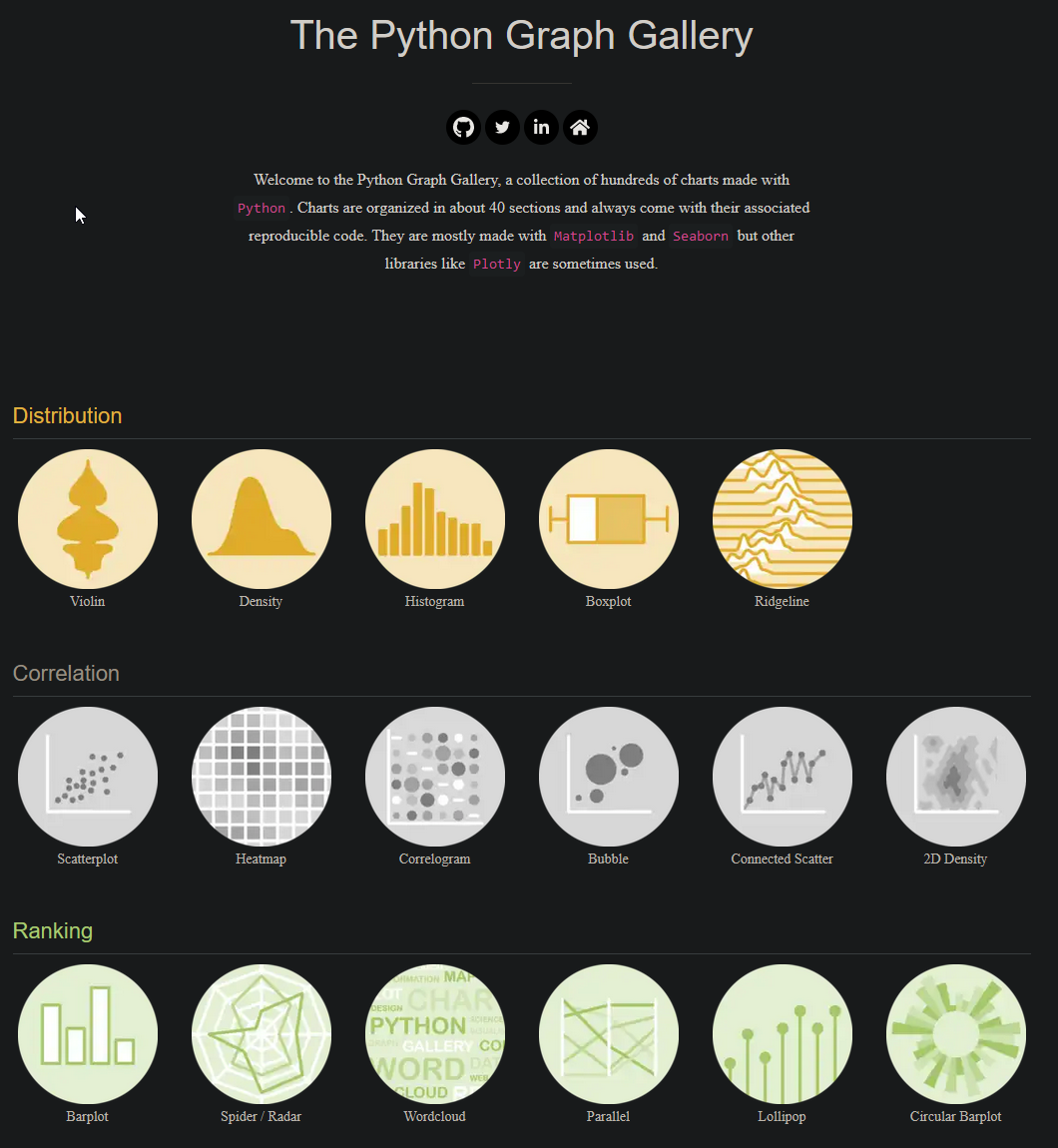🦁 The Pride parade changed when the zoo joined
Late to the Party 🎉 is about insights into real-world AI without the hype.

Hello internet,
This newsletter has its very first paying member! Thank you so much for the support and keeping the lights on! 🎉
This has been mostly a self-care week for me. I hope you are doing alright! Let’s brighten that mood with some awesome machine learning!
The Latest Fashion
- Google created 9 (nine!) courses on generative AI
- How to write a data annotation and labelling guide
- Learn about Flash Attention in a digestible Youtube video
Got this from a friend? Subscribe here!
My Current Obsession
I have been watching a lot of Suits on Netflix after Tiktok showed me most of the series in 1-minute clips. That has been a lot of fun, but it’s very much a fast-food diet of entertainment.
I am also working on my next Skillshare course, but more on that next week!
Lately, my content on social media has been doing very poorly, and I am wondering if it’s worth keeping it up. I don’t want to join the chatGPT yelling match, but it seems like that is the only ML/AI content that now performs. Not really sure what to do about it since I just don’t want to add to that discourse. Or I just lost my spark. That’s also always an option.
Thing I Like
I splurged and finally bought my own diving gear. I optimised my gear towards travelling light. For example, I got these Supernova fins which break down into two parts. So much easier to throw into the luggage!
Machine Learning Insights
Last week I asked, What is your most useful chatGPT prompt?, and here’s the gist of it:
My most useful chatGPT prompt is the RTF format, where RTF stands for Role, Task, Format. This format provides clear guidance to ensure effective prompting.
Let’s break down each component of the RTF format:
- Role: The Role specifies the perspective or position from which the response should be written. It helps adopt the appropriate stance or point of view to address the query effectively. For example, chatGPT can respond as a teacher, a doctor, or a machine learning expert, among other roles.
- Task: The Task outlines the specific question or problem that needs to be addressed. It provides clarity on the objective of the response. This ensures that chatGPT stays focused on delivering relevant and accurate information.
- Format: The Format defines the structure or style of the response. It helps chatGPT provide the desired format, level of technicality, or any specific guidelines for the response. By adhering to the specified format, chatGPT can then tailor the response to meet the needs of the task effectively.
By using the RTF format, we can ensure that the response of chatGPT aligns with the intended purpose and requirements of the user. It enhances clarity, reduces ambiguity, and allows for a more concise and targeted response.
For example, in the context of meteorological data, a specific RTF prompt could be:
- Role: Meteorologist
- Task: Explain how the El Niño affects global weather patterns.
- Format: Provide a simplified explanation suitable for a middle school audience.
By following the RTF format, chatGPT would provide a response from the perspective of a meteorologist, addressing the impact of El Niño on global weather patterns in a clear and accessible manner, suitable for middle school students.
Data Stories
I was looking for a specific way to make stream graphs and found this lovely resource of guides!
Different beautiful graph styles in Python code with step-by-step explanations to up your data viz game!

Source: Python Graph Gallery
Question of the Week
- How would you define prompt engineering in the context of language models, and why is it important in achieving desired outputs?
Post them on Mastodon and Tag me. I’d love to see what you come up with. Then I can include them in the next issue!
Tidbits from the Web
- Colin Furze built a “weight-less machine”, and it’s really fun to watch!
- A huge animatronic dragon at Disney burnt down, and this thread is kinda fascinating!
- If you have an autistic person with a PDA profile in your life, this Tiktok might help with some things.
Add a comment: